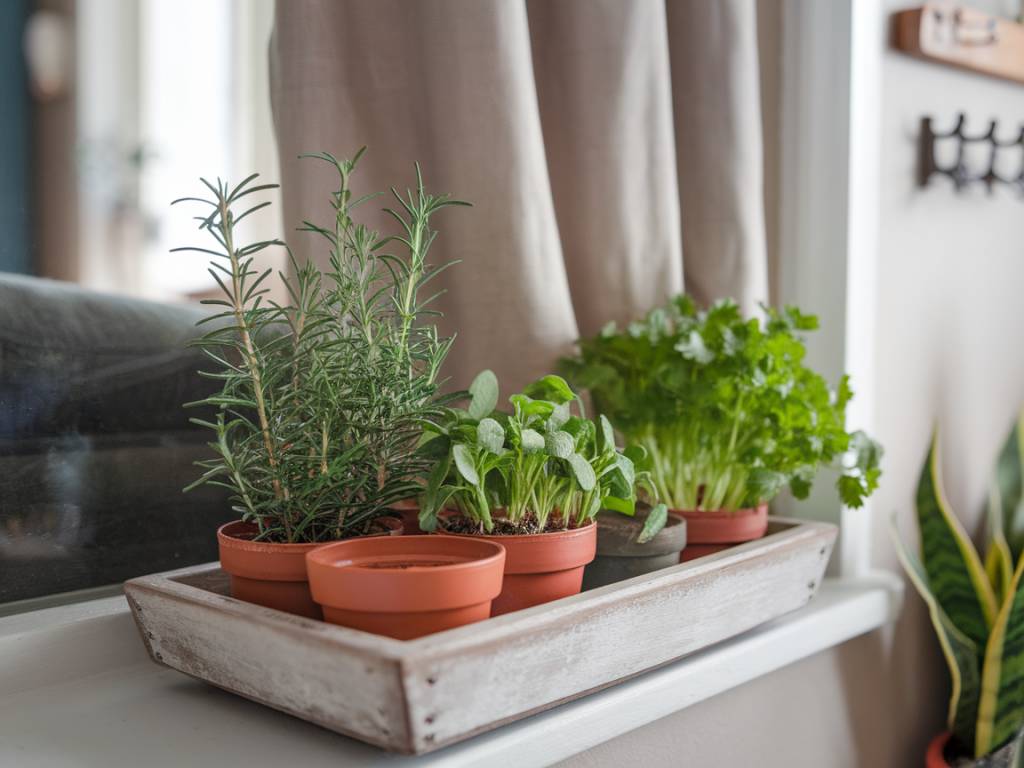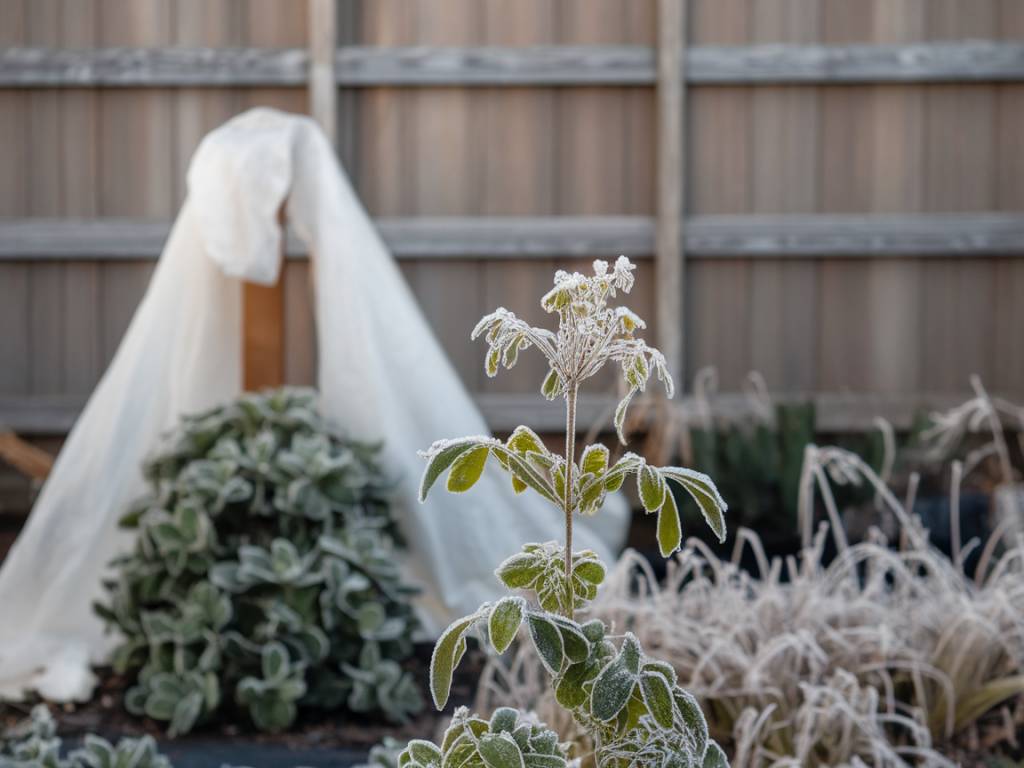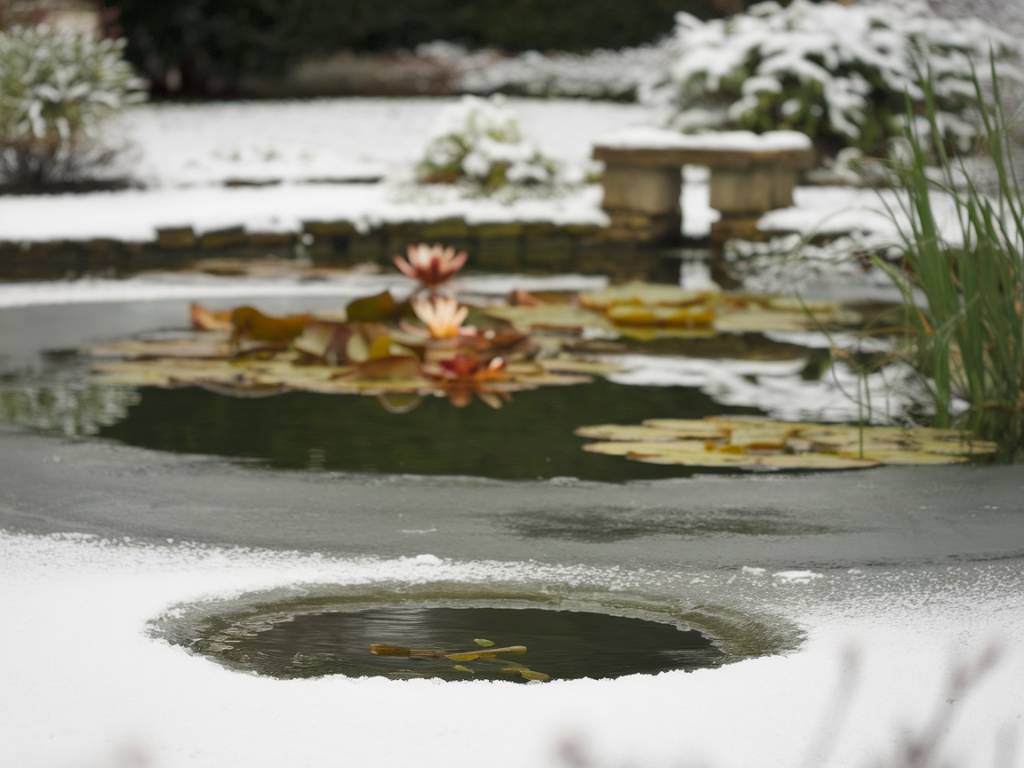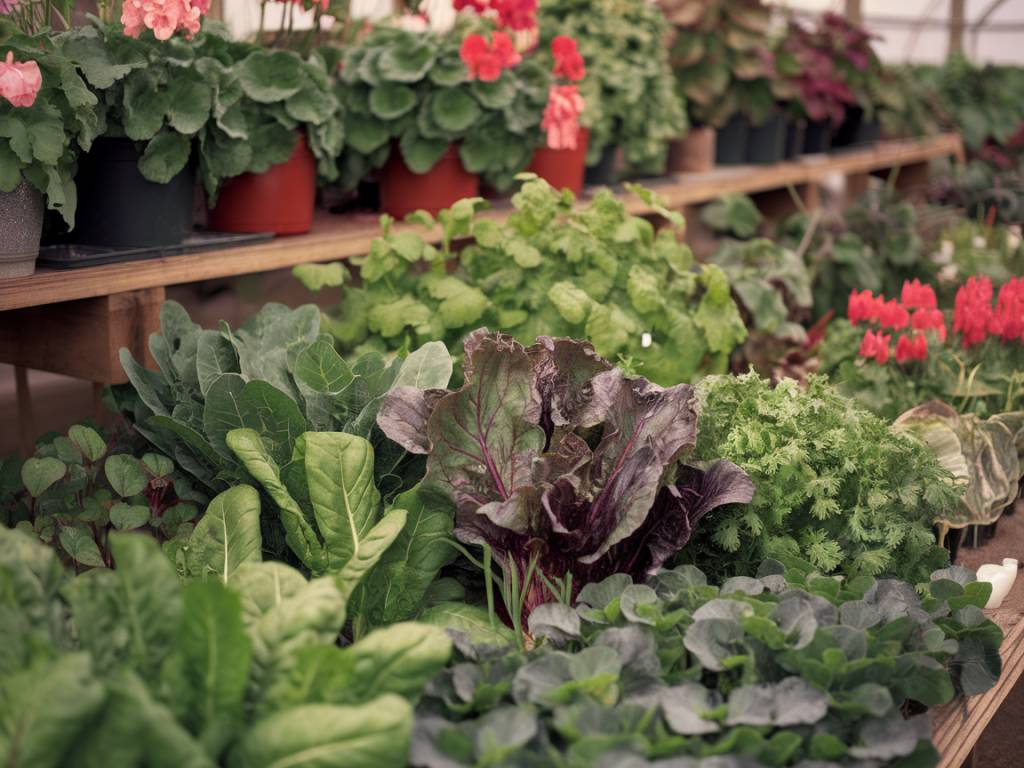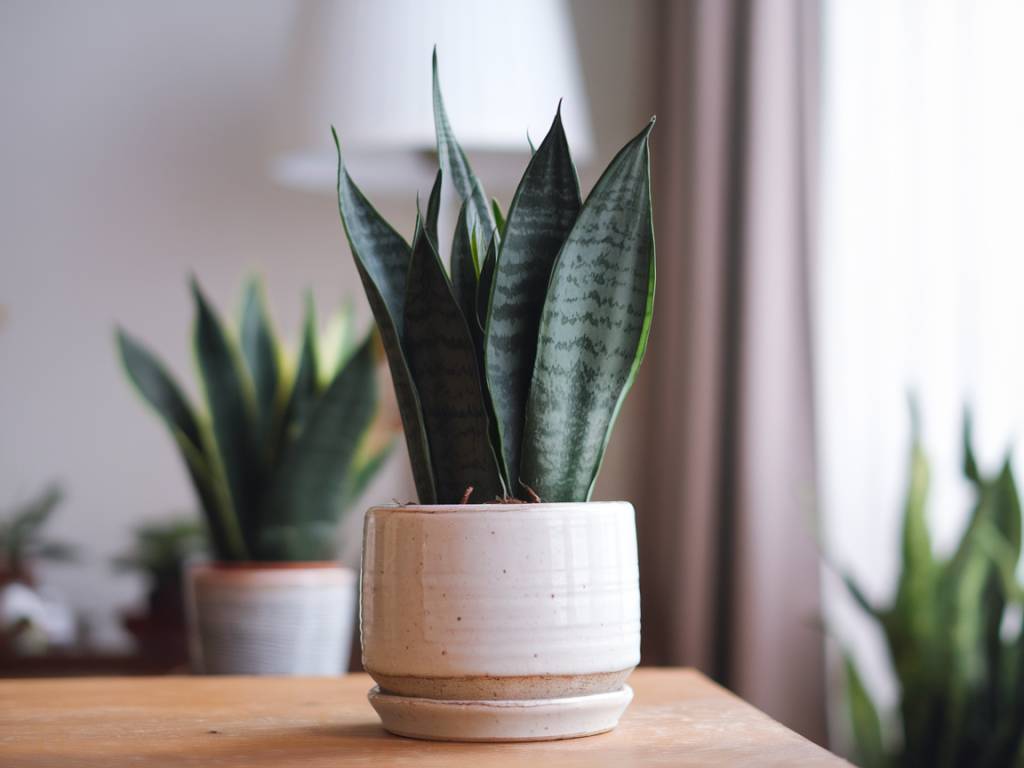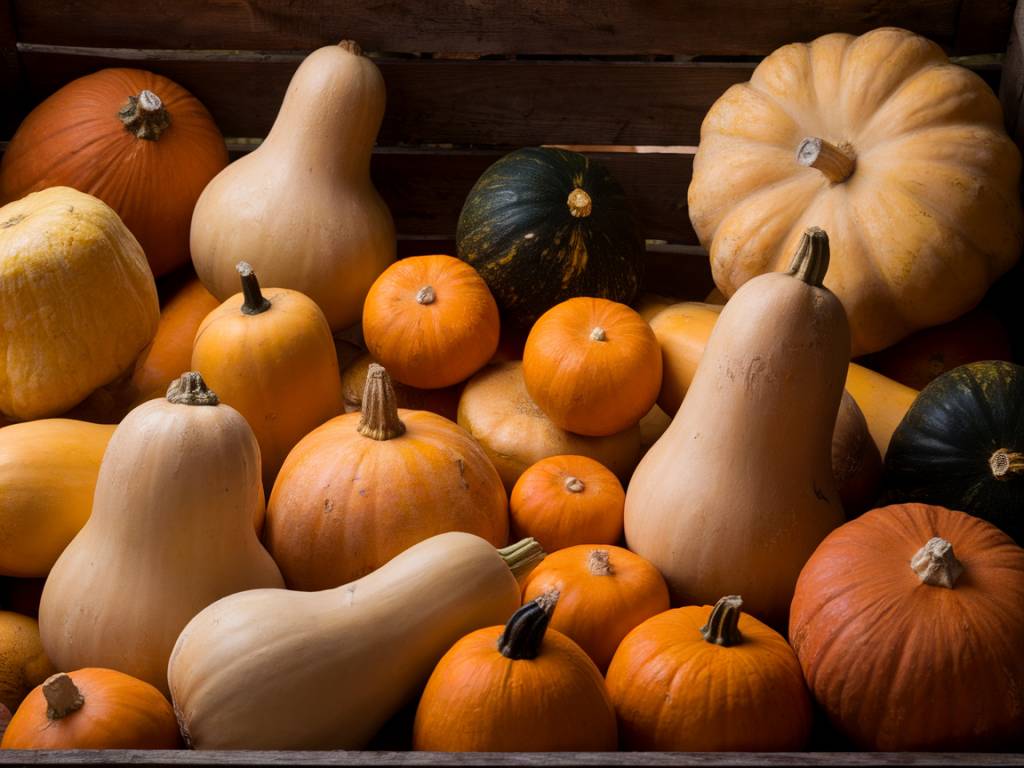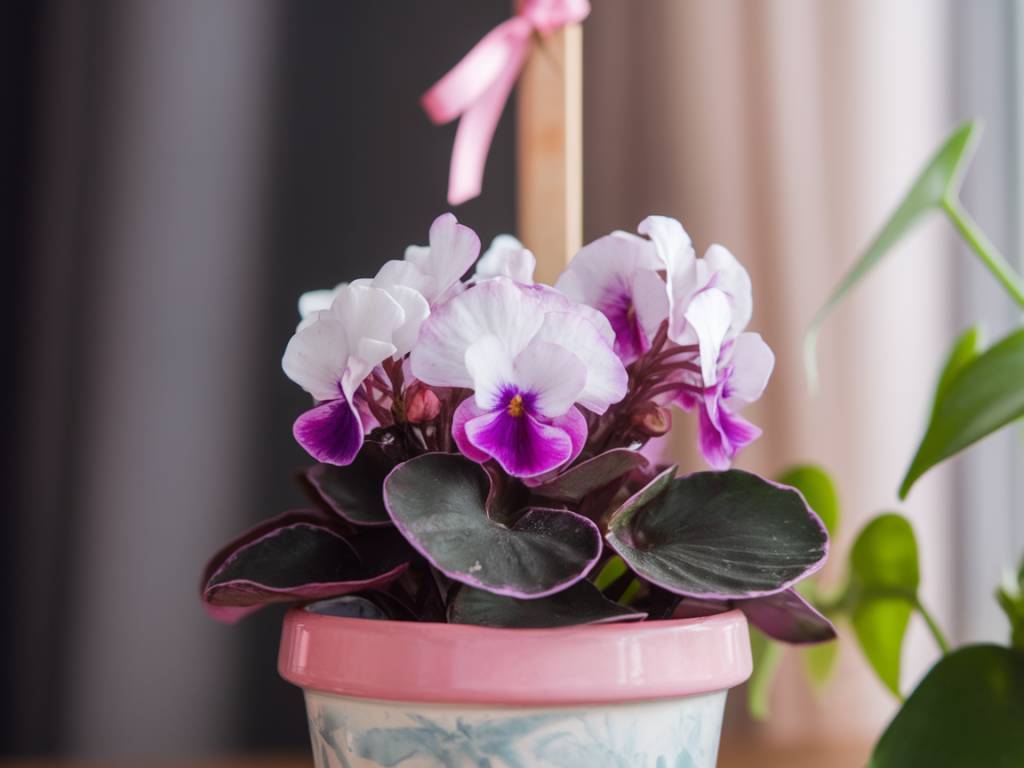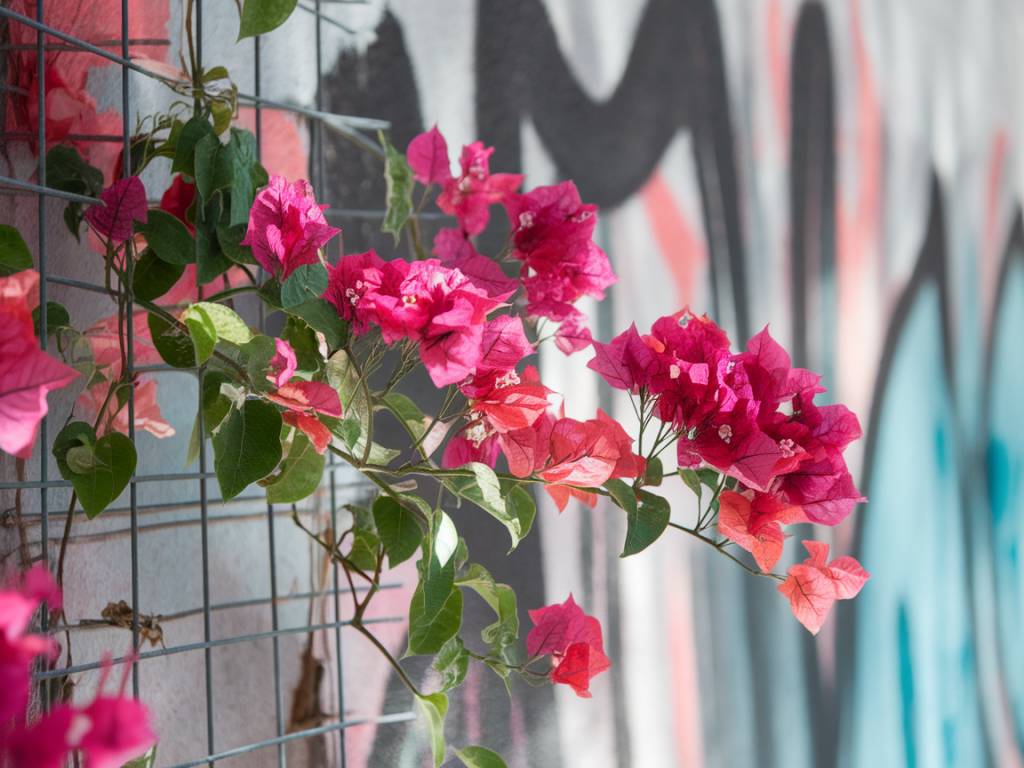Welcome to the cosy world of indoor winter herb gardening! I think there’s something truly magical about nurturing a garden indoors while it’s chilly and bleak outside. Growing herbs indoors during the colder months not only keeps your green thumb active, but also brings fresh, aromatic flavours to your kitchen. Today, I’ll share my favourite herbs to grow indoors during winter and some tips to ensure they thrive.
Choosing the Right Herbs for Winter Indoor Gardening
The first step in starting a successful indoor herb garden is selecting the right herbs. Some herbs adapt better to indoor conditions, especially with limited sunlight and cooler indoor temperatures. Here are my top picks:
- Mint: Mint is wonderfully versatile and adapts well to various indoor conditions. It’s perfect for teas, desserts, and savoury dishes.
- Parsley: Both curly and flat-leaf parsley thrive indoors and are excellent for adding a fresh touch to soups, salads, and a myriad of dishes.
- Thyme: This sturdy herb doesn’t require much light and adds a delightful earthy flavour to roasts, stews, and even roasted vegetables.
- Chives: Chives are a hardy herb that grows well indoors. They add a gentle onion flavour to your dishes, making them an essential for your indoor herb garden.
- Sage: Sage can handle the cooler indoor temperatures and adds a robust flavour, perfect for warming winter dishes.
- Basil: Although basil prefers warmth and light, it can still be grown indoors with a bit of extra care, and it’s a staple for many recipes.
- Cilantro (Coriander): This herb thrives well in cooler environments and adds a bright, zesty flavour to your culinary creations.
Setting Up Your Indoor Herb Garden
The success of your indoor herb garden depends on a few key factors: light, temperature, humidity, and soil. Here’s how you can create a perfect environment for your herbs:
Light
Most herbs need at least 6 to 8 hours of light per day. A sunny south-facing window is ideal. If natural light is limited, consider using grow lights. These can be placed near your herbs to supplement their light intake and ensure they get enough energy to thrive.
Temperature
Herbs generally prefer a stable temperature, similar to what we enjoy indoors. Most herbs do well in temperatures between 18-24°C. Keep them away from drafts, heaters, and cold windowsills to prevent temperature stress.
Humidity
Indoor environments, especially with heating, can become quite dry. Herbs, especially those with thin leaves like basil, can suffer in low humidity. Here are some ways to maintain humidity:
- Place a tray with water and pebbles near your herbs. As the water evaporates, it will increase humidity.
- Mist your herbs lightly once or twice a week.
- Group your herbs together. This helps to create a microenvironment with higher humidity.
Soil
Using the right soil mix is crucial. I recommend a light, well-draining potting mix. You can also amend it with a bit of organic compost for added nutrients. Make sure your pots have drainage holes to prevent waterlogging, which can lead to root rot.
Potting Your Herbs
When it comes to potting your herbs, choose containers that are big enough to allow for growth but not so large that the soil stays too damp. Here are a few tips:
- Use pots with drainage holes to avoid soggy roots.
- Place a few stones or broken pottery pieces at the bottom of the pot to enhance drainage.
- Fill the pots with the well-draining potting mix mentioned earlier.
- Gently plant your herbs, ensuring the roots are covered with soil.
- Water lightly but thoroughly to help your herbs settle into their new home.
Watering Techniques
One of the main challenges with indoor gardening is proper watering. Too much water can lead to root rot, while too little will cause your herbs to dry out. Here’s how to strike the right balance:
- Check the soil moisture with your finger before watering. If the top inch of soil feels dry, it’s time to water.
- Water your herbs at the base, avoiding the foliage. This helps prevent fungal diseases.
- Ensure any excess water drains out of the pot to avoid waterlogging.
- During winter, herbs generally require less water, so adjust your watering schedule accordingly.
Feeding Your Indoor Herbs
While herbs are not heavy feeders, they do benefit from occasional nourishment. Here’s how I feed my indoor herbs:
- Apply a diluted, organic liquid fertiliser every 4-6 weeks during the growing season.
- Avoid over-fertilising as it can lead to excessive growth that weakens the plant.
- You can also top-dress the soil with a bit of compost every few months.
Pruning and Harvesting
Pruning and harvesting are essential to keep your herbs healthy and productive. Regular cutting encourages bushier growth. Here are some tips:
- Use clean, sharp scissors or pruners to avoid damaging the plant.
- Harvest in the morning for the best flavour and oil content.
- Only take about a third of the plant at one time to ensure it continues to grow robustly.
- Remove any dead or yellowing leaves to keep the plant healthy.
In the end, growing a winter herb garden indoors is about creating a little sanctuary for yourself and your plants. It’s immensely satisfying to see your herbs flourish while the world outside may be frosty and grey. Remember, every plant has its own needs and personality, so take the time to observe and tend to them regularly. Happy winter gardening!
Warm wishes,
Samanta

